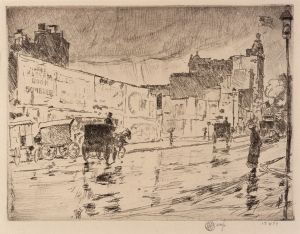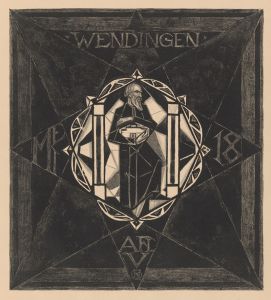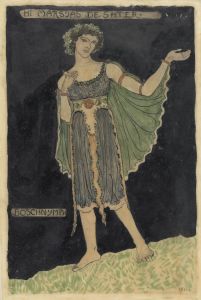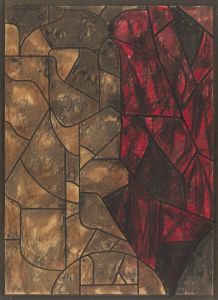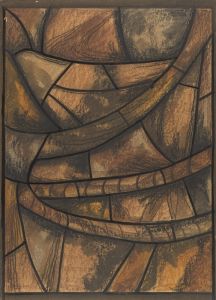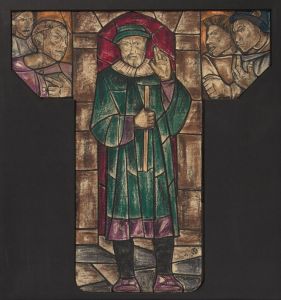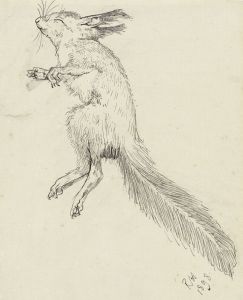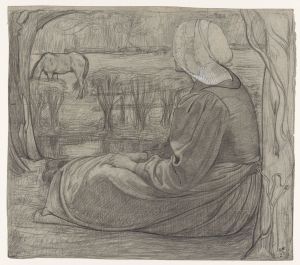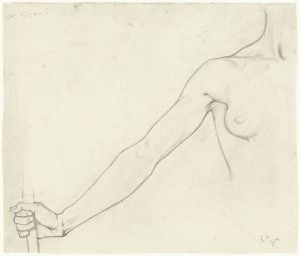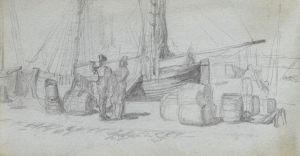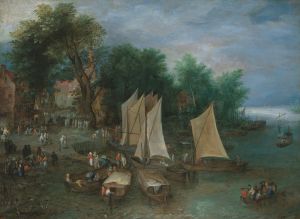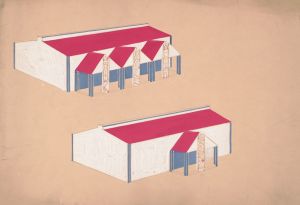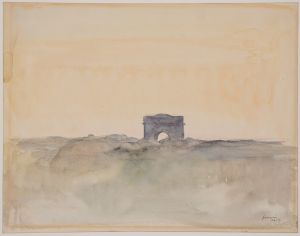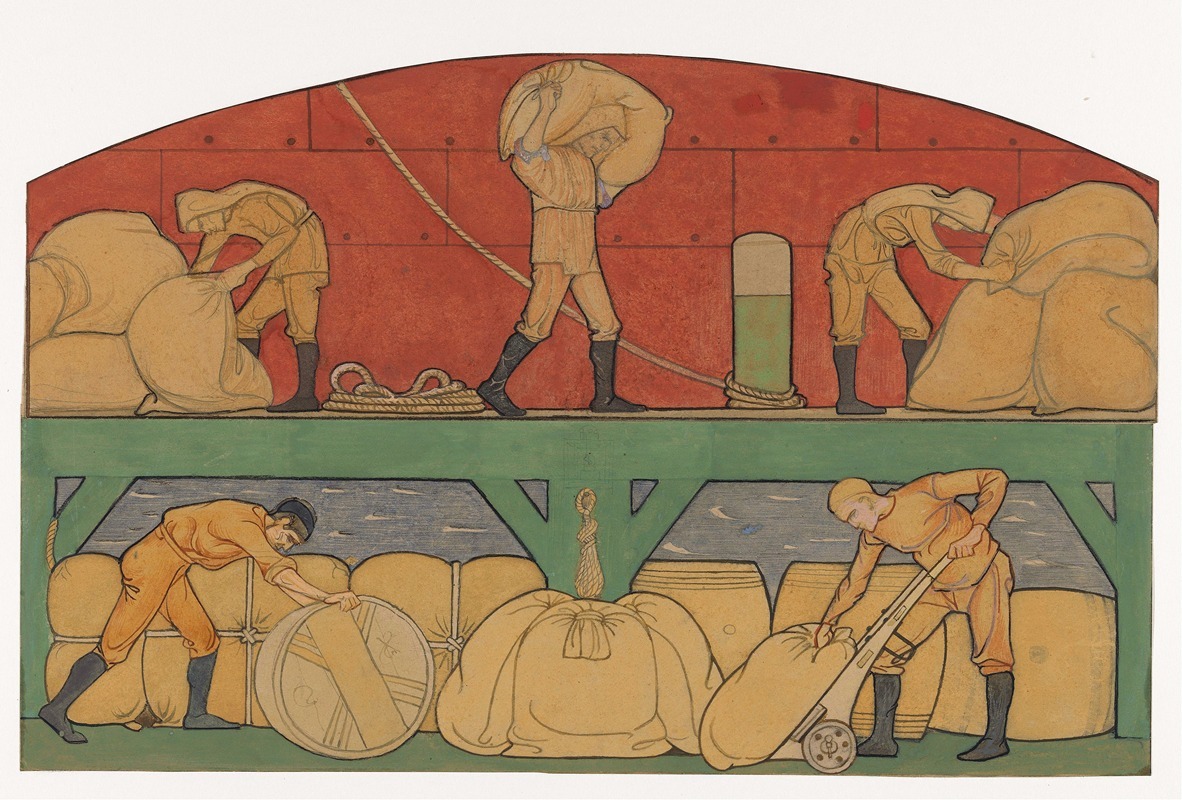
Ontwerp voor schildering in de beurs van Berlage; De Handel
A hand-painted replica of Richard Nicolaüs Roland Holst’s masterpiece Ontwerp voor schildering in de beurs van Berlage; De Handel, meticulously crafted by professional artists to capture the true essence of the original. Each piece is created with museum-quality canvas and rare mineral pigments, carefully painted by experienced artists with delicate brushstrokes and rich, layered colors to perfectly recreate the texture of the original artwork. Unlike machine-printed reproductions, this hand-painted version brings the painting to life, infused with the artist’s emotions and skill in every stroke. Whether for personal collection or home decoration, it instantly elevates the artistic atmosphere of any space.
Richard Nicolaüs Roland Holst (1868–1938) was a prominent Dutch painter, designer, and writer associated with the Arts and Crafts movement in the Netherlands. One of his notable works, Ontwerp voor schildering in de beurs van Berlage; De Handel (Design for a Painting in the Beurs van Berlage; Trade), reflects his contribution to the decorative program of the Beurs van Berlage, a historic building in Amsterdam designed by architect Hendrik Petrus Berlage.
The Beurs van Berlage, completed in 1903, was conceived as a stock exchange and a symbol of modernity and progress in the Netherlands. Berlage envisioned the building as a Gesamtkunstwerk, or total work of art, where architecture, sculpture, and painting would harmoniously combine to convey a unified aesthetic and ideological message. To achieve this, Berlage collaborated with several leading artists of the time, including Roland Holst, who was tasked with creating murals and decorative elements for the interior.
De Handel is one of the designs Roland Holst created for the Beurs van Berlage. The work exemplifies his characteristic style, which blends influences from Symbolism, the Arts and Crafts movement, and traditional Dutch art. The design reflects themes of commerce and trade, aligning with the building's function as a stock exchange. Roland Holst's work often carried a strong social and moral dimension, and his contributions to the Beurs van Berlage were no exception. His designs aimed to celebrate the dignity of labor and the interconnectedness of human activity, themes that resonated with the progressive ideals of Berlage and the broader cultural movement of the time.
The mural designs for the Beurs van Berlage were executed in a style that emphasized clarity, rhythm, and a sense of order, qualities that complemented the architectural language of the building. Roland Holst's work in the Beurs van Berlage is considered a significant example of early 20th-century Dutch art and design, showcasing the integration of fine art into public architecture.
While De Handel is a design rather than a completed painting, it remains an important part of Roland Holst's artistic legacy and a testament to the collaborative spirit of the Beurs van Berlage project. The building itself is now a cultural landmark in Amsterdam, hosting exhibitions, concerts, and other events, and the contributions of artists like Roland Holst continue to be appreciated as integral to its historical and artistic significance.





